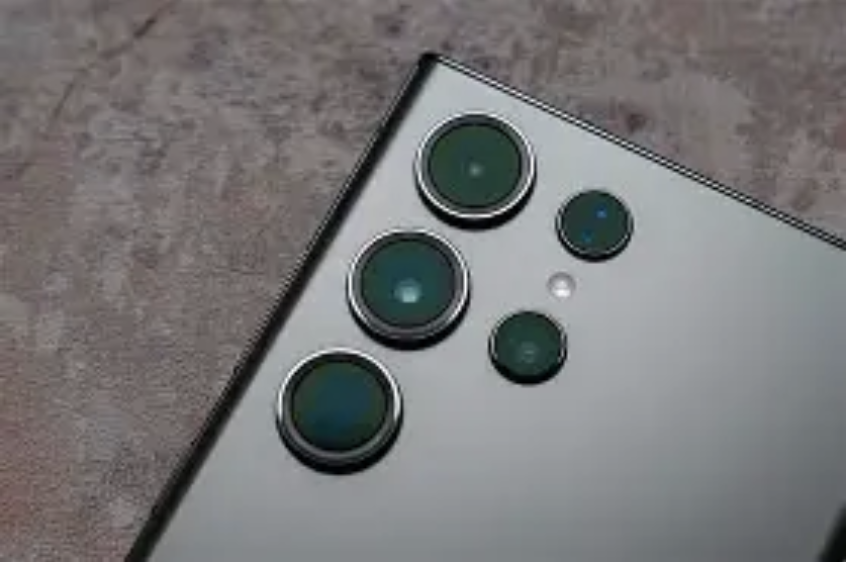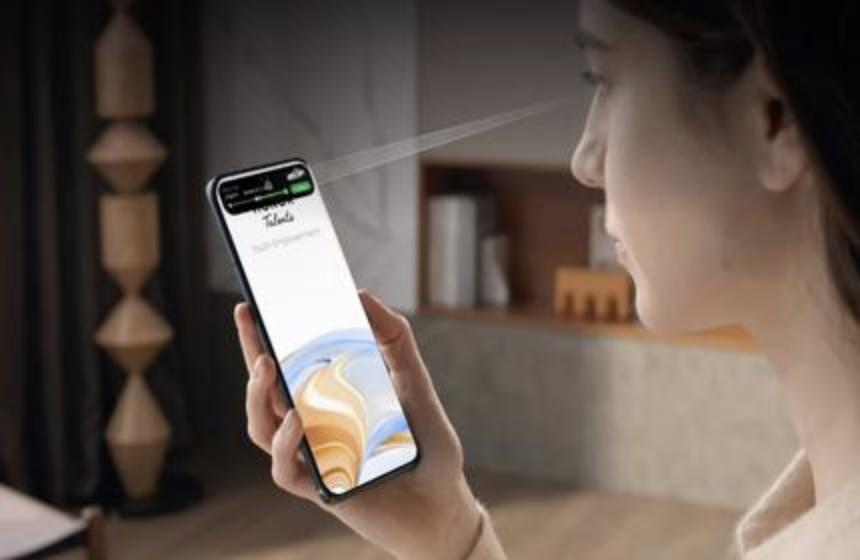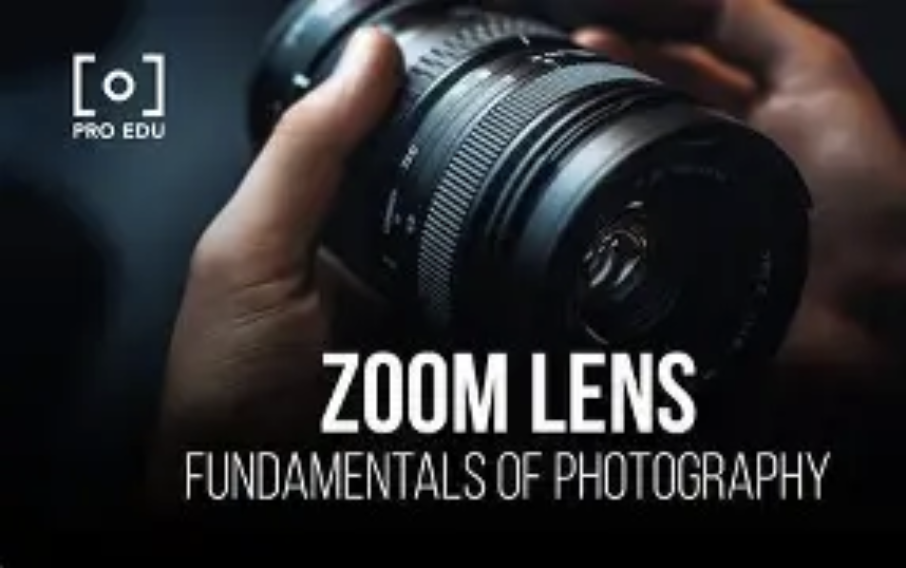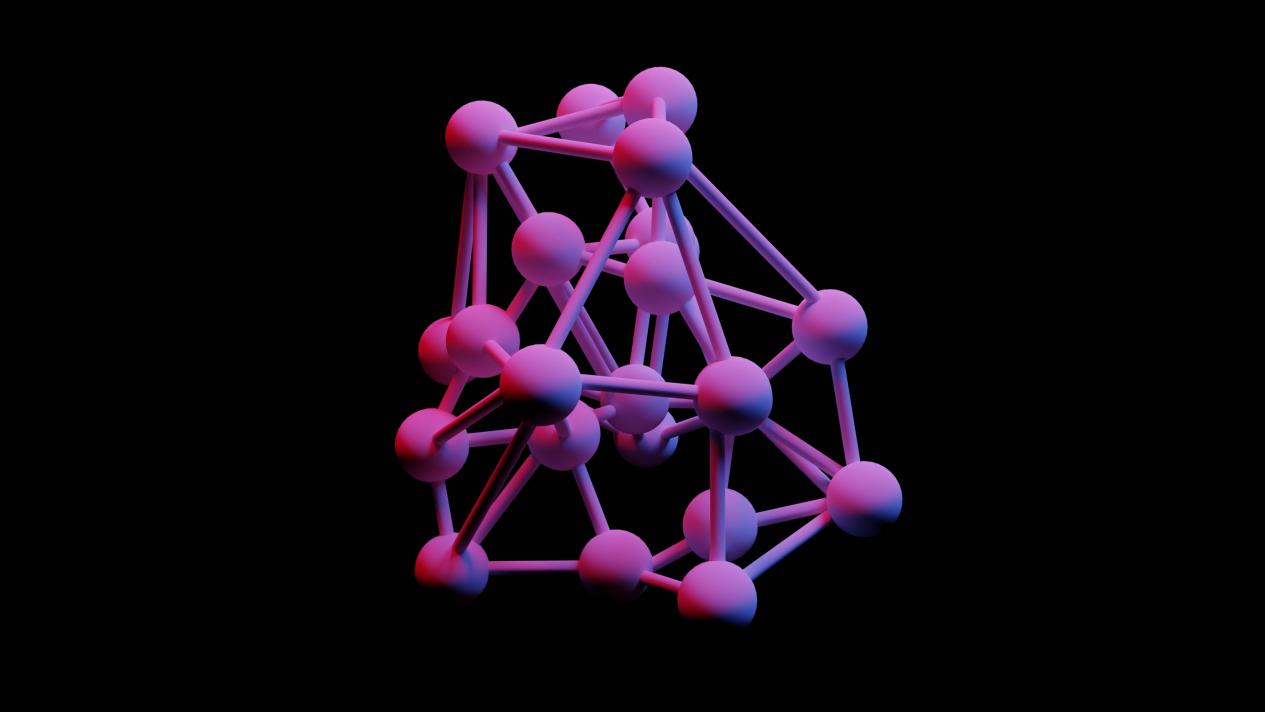Smartphones equipped with AI photography features now produce incredible images within moments, leading numerous affluent enthusiasts to question: has my costly camera become outdated? The reality extends beyond merely satisfactory photos. For individuals who appreciate the craft of photography, mastery over techniques, and enduring excellence, AI smartphones and traditional cameras fulfill different purposes—with the latter still retaining unmatched charm in the era of AI.

AI’s Magic: Speed vs. Artistic Intent
AI smartphones are remarkable at achieving instant perfection: they automatically modify lighting, enhance details, and can eliminate unwanted elements. However, this rapid processing compromises artistic expression. In contrast, a high-quality camera enables you to adjust depth of field using a physical aperture ring, modify ISO for purposeful grain, or utilize long exposure techniques to create motion blur that AI can only mimic. When photographing a sunset along the Amalfi Coast, the camera's capacity to capture genuine color transitions surpasses the AI’s overly saturated "enhancements" consistently.

Sensor Size: The Indispensable Foundation for Images
Physics is a limit AI cannot surpass—smartphone sensors are significantly smaller than those found in cameras. A full-frame camera sensor absorbs ten times the amount of light, leading to more vibrant textures, clearer performance in low-light situations, and authentic bokeh that makes subjects distinct without relying on AI's artificial background blurring. While capturing footage at a formal event or on a wildlife excursion, the camera’s sensor maintains details such as the luster of a silk dress or the fur of a lion, which smartphones reduce to indistinct pixels.
Lens Versatility: Beyond Digital Zoom
Mobile devices depend on digital zoom and AI-enhanced cropping, both of which diminish image integrity. Cameras, on the other hand, can be equipped with interchangeable lenses—ranging from ultra-wide angles perfect for expansive landscapes to telephoto lenses with over 200mm reach for faraway subjects. A medium-format camera paired with a prime lens produces exceptionally clear portraits with accurate skin tones, while a smartphone's portrait function struggles with intricate details in hair or jewelry. For dedicated photographers, lenses serve as essential instruments rather than just accessories, enabling them to shape their creative visions.

AI smartphones automatically convert images to JPEG format, finalizing adjustments. Cameras, however, capture raw files—unprocessed data that allows for extensive refinement of each image afterward: altering white balance to fit the golden hour's glow, retrieving shadow detail in backlit portraits, or boosting contrast without sacrificing highlights. For individuals who utilize professional editing programs like Lightroom, raw files are essential—they distinguish between a standard photograph and a customized work of art.
Durability & Reliability: For Challenging Conditions
Affluent travelers frequently photograph in extreme environments—dust storms, frigid mountains, or tropical rainforests. Top-tier cameras are designed to endure such conditions: weatherproof bodies, shock-resistant construction, and batteries that operate for prolonged periods in cold settings. On the contrary, smartphones may overheat in direct sunlight or fail in wet weather. When documenting a polar adventure or a journey through the desert, a camera’s resilience ensures that you don’t miss valuable once-in-a-lifetime moments.
The Verdict: Both, Serving Different Purposes
AI smartphones excel at capturing casual experiences—taking photos of dinner with friends or spontaneous selfies. In contrast, cameras provide the artistic control, superior image quality, and versatility that are the hallmarks of true photographic passion. For individuals of considerable wealth, choosing is not about either/or; it’s about selecting the appropriate tool for any task. The smartphone offers convenience; the camera delivers a lasting legacy. In the age of AI, the camera remains highly relevant and invaluable for those who refuse to allow technology to diminish their creative vision.





